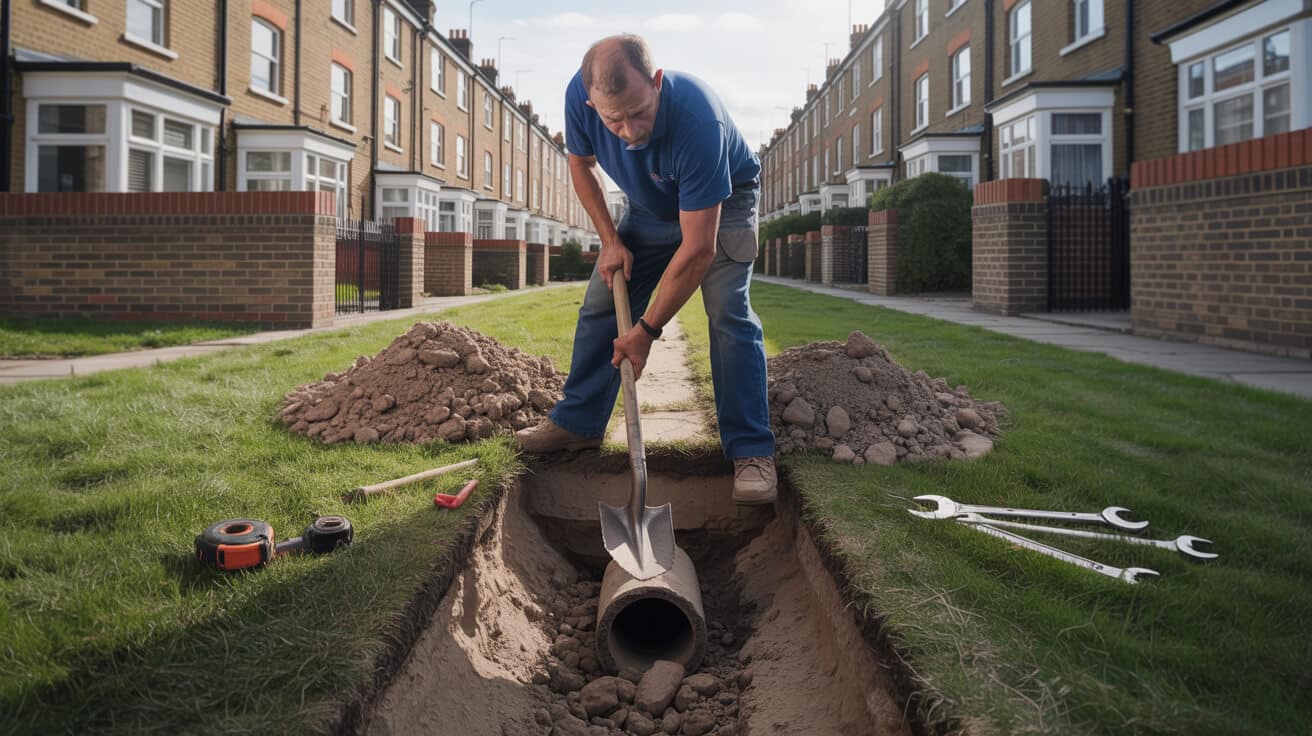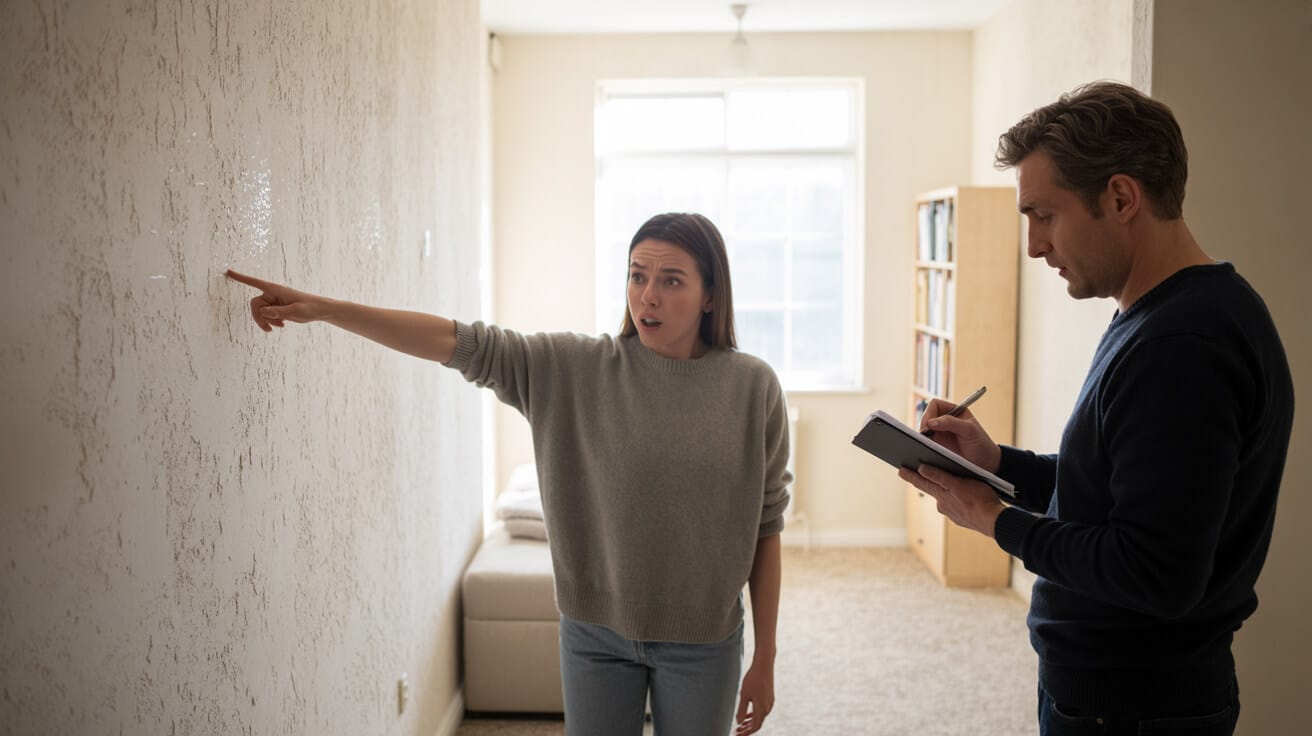 Ensuring Rental Compliance With Part L Energy Rules
Ensuring Rental Compliance With Part L Energy Rules
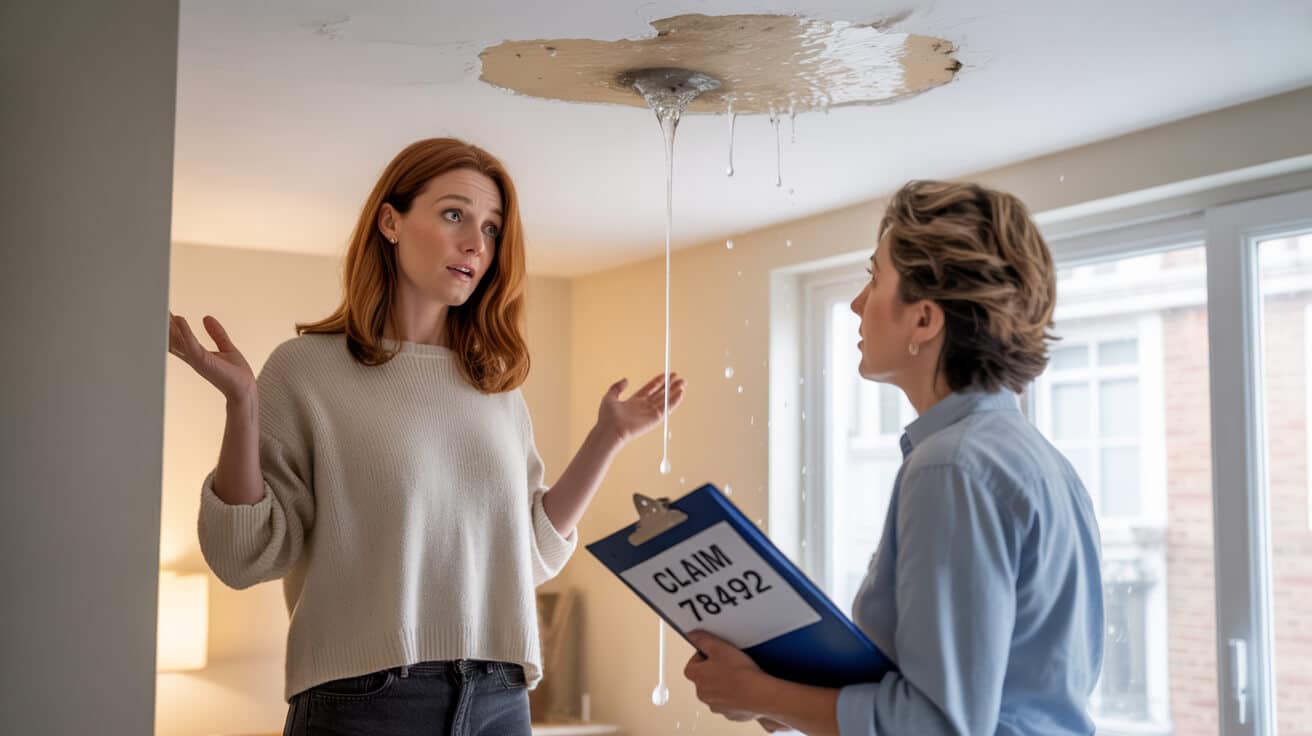
Why Does Part L Energy Compliance Matter More Now for UK Rental Properties?
You can’t ignore Part L energy rules anymore—not if you want to keep letting, avoid fines, and protect your property’s value in the UK. This isn’t some future worry. If you let, manage, or oversee rental property, your reputation and income now depend on the gold-standard for energy paperwork: Part L compliance. Every letting, renewal, remortgage, and insurance claim is more likely to be audited and stopped cold by missing evidence, unclear upgrades, or “old rules” paperwork that no longer passes.
“One missing installer certificate can freeze a tenancy and spiral into fines that are ten times what a compliant upgrade would have cost.”
There’s nowhere to hide—authorities are auditing, tenants expect comfort and proof, and upgrades that used to “slip through” now trigger direct costs, delays, and even market-loss penalties for landlords who gamble. Quality tenants are turning away from properties that barely scrape by. Insurers are hiking premiums for anything substandard or undocumented. Local authorities? More spot-checks, more enforcement, and much less tolerance for missing or out-of-date paperwork.
If you’re above the bar—installer certificates, EPCs, upgrade logs—all of your properties move quickly. You avoid chaos and keep tenants happier for longer. If you’re not, “grey area” evidence or jobs done to yesterday’s standards can stall or even kill deals, block renewals, and land you on compliance blacklists.
UK landlords and managers face a blunt choice: level up and use compliance as a rental value advantage, or risk penalties and reputational wounds that don’t heal fast. The entire system has shifted—from box ticking to active, evidence-driven enforcement. Understanding the details and building a “never-caught-out” compliance system is now what separates the resilient from the soon-to-be-exposed.
What Does Part L Actually Require for Rental Properties?
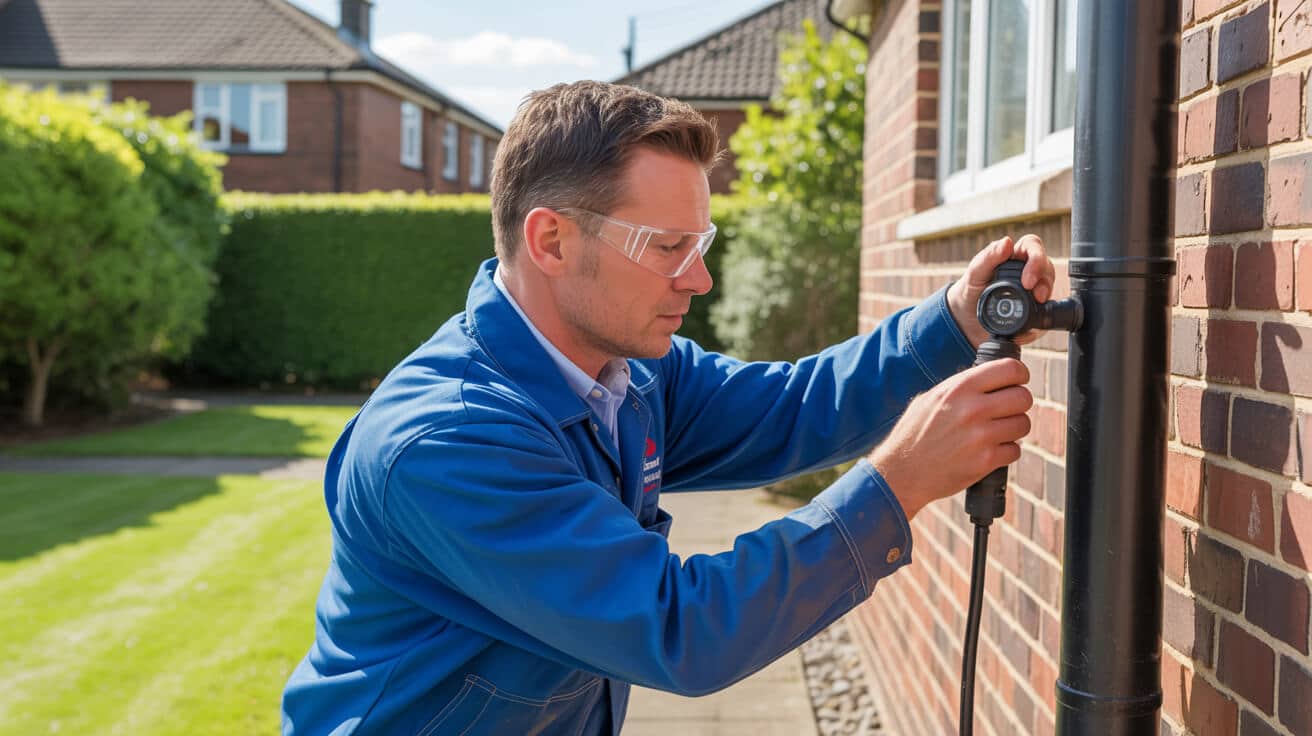
Part L of the Building Regulations lays out a step-by-step playbook for energy efficiency—and if your property falls short on even one regulated element, your entire letting may be voided, delayed, or land you in hot water. Compliance is project by project: every time you upgrade, refurbish, or replace a major system, fresh rules apply, not what was in force when the building was new.
Key Landlord Requirements Under Part L
- Insulation: Any time you touch lofts, roofs, or external walls—even during a minor repair—the upgraded section must now hit *current* U-value standards. “Better than before” isn’t enough; you need proof it matches 2024’s specs.
- Windows and Doors: Replacements have to be energy-rated, documented (usually double- or triple-glazed), and labelled with U-value paperwork from the installer or manufacturer. Verbal promises or “looks modern” don’t pass audits.
- Heating Systems: You can’t instal or replace a boiler unless it’s condensing and A-rated. Every new heating system must include digital, programmable controls; smart zoning or OpenTherm is expected on all new fits.
- Hot Water Cylinders: Upgrade triggers G3 safety regime: a certified engineer, TPRV check, compliant discharge setup, and a benchmark book, completed and ready for audit.
- Lighting: Fitting new or replacement light sources? It must be LED (high-efficacy), not just “energy conscious.” Proof: receipts, photos, even product packaging kept on file.
- Ventilation: Any major replacement of windows/doors must not reduce the home’s background or mechanical vent—sometimes new fans or trickle vents are also required.
- Full Documentation: Every regulated change must be backed up with receipts, installer certificates, and full logs. This paperwork is what protects you in an audit.
Don’t be lulled by a passable EPC—it’s not proof of compliant upgrades. Inspectors, agents, and buyers increasingly ask for installer paperwork on every upgrade.
Where Most Landlords Slip Up
- Fitting “better” windows or a new boiler but failing to hit today’s technical standard—or losing proof of the certification.
- Relying on a previous EPC as a compliance shield, missing that new rules have tightened since that assessment.
- Skipping programmable controls or smart stats with a boiler swap, and getting failed on audit.
- Losing commissioning logs, receipts, or engineer certificates that prove the work was done to standard—auditors treat missing paperwork as non-compliance.
Who Holds the Legal Responsibility?
The legal weight is always carried by the property owner, not just the letting agent or managing agent. If you have block-managed or multi-unit properties, expect extra scrutiny under Part L2B (with higher standards for shared systems). Agents, contractors, and maintenance partners may absorb some business risk, but penalties and enforcement decisions land on landlords and freeholders first.
How Do You Audit and Prove Your Part L Compliance?
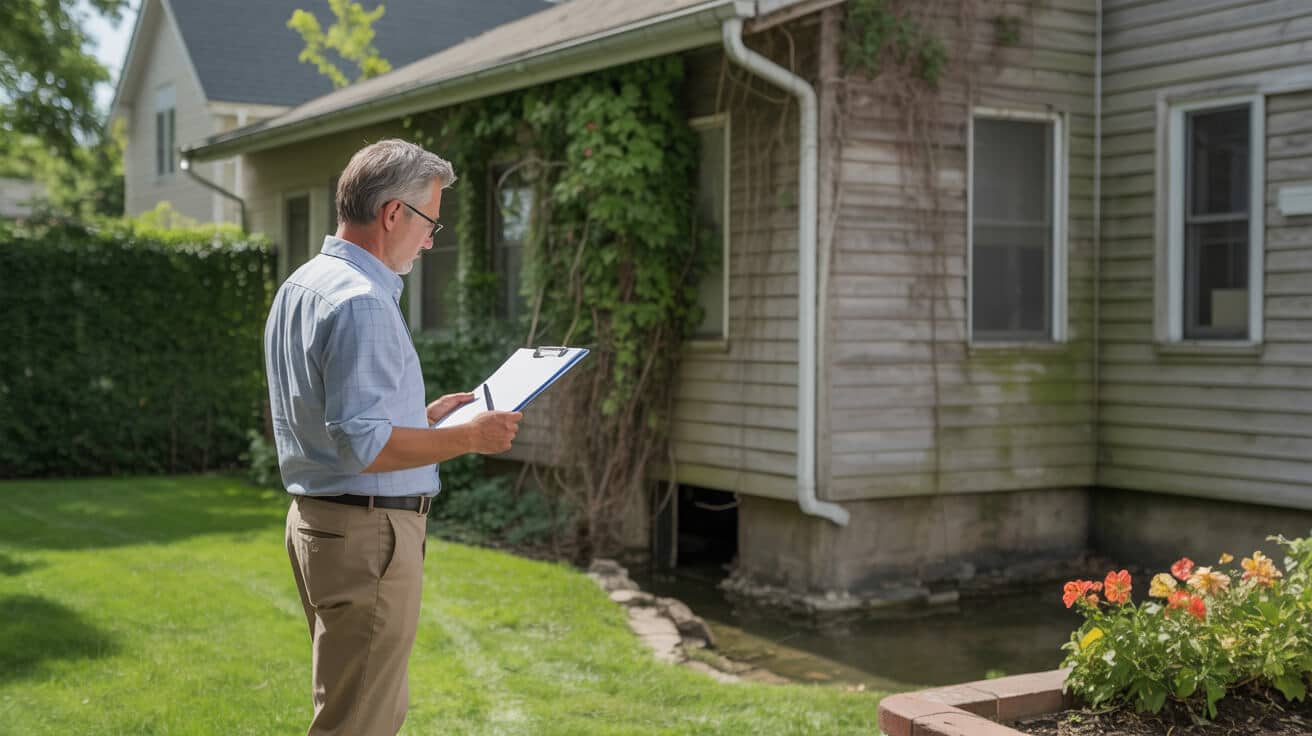
You’re only compliant if you can prove it on demand. Auditors, insurance companies, and lenders now want documentary evidence for every regulated upgrade. A visible boiler or window is not enough—a paper trail is essential.
Step-by-Step Part L Compliance Audit for Landlords
Step 1: Collect All the Paperwork
- Gather full records: invoices, installer certificates, commissioning logs for insulation, window/door upgrades, heating and hot water systems, LED lighting.
- Each document should clearly state U-values, A-ratings, and installer registration (Gas Safe, WRAS, G3 etc).
Step 2: Scrutinise Heating Systems
- Every boiler replaced since 2005 must be A-rated (*check paperwork, not just branding*). Ensure both the latest Gas Safe certificate and a Benchmark logbook are up to date.
- Replace manual or obsolete controls with digital programmable ones—installers should supply installation and demonstration paperwork.
Step 3: Hot Water Cylinder Checks
- Confirm visible insulation over 50mm, valid G3 logbook, pressure relief (TPRV) discharge route compliance, and proper installer sign-off.
Step 4: Windows and Doors
- Each energy-rated unit should have a manufacturer or installation label showing the U-value—inspectors ask for this. At audit, “installer’s word” doesn’t count.
Step 5: Lighting Review
- Every major room and communal space: is it upgraded to LED? Do you have a receipt or packaging? Document your last upgrade.
Step 6: Major Works & Refurbishments
- For any value-adding upgrade, ensure a Building Control Completion Certificate includes explicit Part L references.
Inspectors can—and do—ask for paperwork for every major change from the last five years. If you can’t provide it, your compliance status is at risk.
If gaps exist, get certified help before the next letting, renewal, or refinance. Plumbers 4U can handle a full compliance audit and close documentation gaps fast.
Which Upgrades Deliver the Greatest Impact on Compliance?

Compliance isn’t about ticking boxes everywhere at once. The most successful landlords target high-risk areas for papered, certified upgrades and avoid panic or over-engineering. Smart, grouped upgrades—done with evidence at hand—ease future audits and boost rental and sale value as standards rise.
Smart Upgrade Priorities for Part L
- Insulation: Start in the roof, walls, and floors. *Any surface not brought up to today’s U-values (especially if last touched pre-2010 or pre-pandemic) is an audit magnet.*
- New Windows/Doors: Swap all older, uncertified, or single-glazed elements for units with proper U-value labels and paperwork.
- A-rated Boilers and Controls: Replace all G-Rated or “midlife” boilers with condensing, A-rated, logbook-confirmed models plus new digital controls. Don’t forget documentation.
- Hot Water Cylinder Upgrades: Rip out open-vented, poorly insulated, or undocumented cylinders and replace with factory-insulated, G3-compliant ones. Have the installer complete all logs and discharge-traceable documentation.
- LED Lighting in Priority Zones: Anywhere tenants or auditors can see, LEDs only. Receipts and packaging = compliance proof.
- Ventilation: When you swap windows or doors, check every vent and mechanical system against ventilation rules—don’t ignore trickle vents.
Pro Tip: Tackle insulation, windows, and a boiler or controls project during the same void or tenant changeover. One hit, one audit, minimal disruption.
Every compliant upgrade you document today saves you two headaches when an audit or refinance comes round.
What Are the Real Risks of Missing Part L Compliance as a Landlord or Agent?
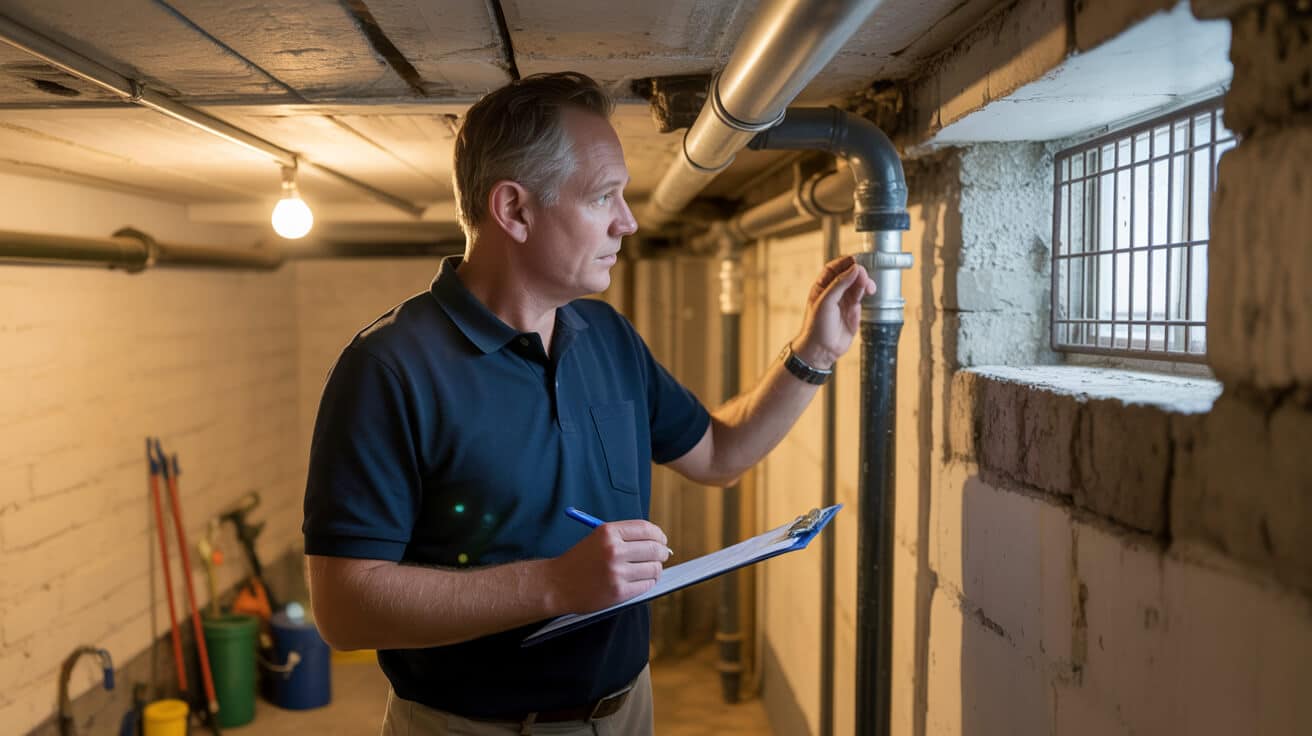
There’s no room left for accidental non-compliance. Local authorities, insurers, and tenant pressure are all up, audits happen faster, and fines hit harder for landlords with missing or unclear compliance.
Risks Landlords and Managers Must Face
- Legal Deadlines: You might get a four-week notice to upgrade or be barred from new lettings or renewals.
- Fines: Penalties up to £5,000 per dwelling, and higher for repeat breaches (*LGA, 2024*).
- Letting Suspensions: Non-compliant assets are flagged on council registers—blocks new tenants, renegotiation, or even mortgage actions.
- Insurance Risks: Claims for damage linked to boilers, heating, or leaks can be denied if you can’t produce up-to-date proof of compliance.
- Reputation: Failing audits are public. Deposit schemes, tenant review sites, and letting agents all mark down properties that miss the grade.
- Portfolio Impact: If compliance grief repeats across your properties, banks and block managers start to factor it into lending or even risk sanctions.
“Letting bans and compliance drives are routine, not rare. If you’re missing documentation, expect fast and public penalties—every week, not every decade.”
How Can You Fund Upgrades Without Blowing Your Budget?
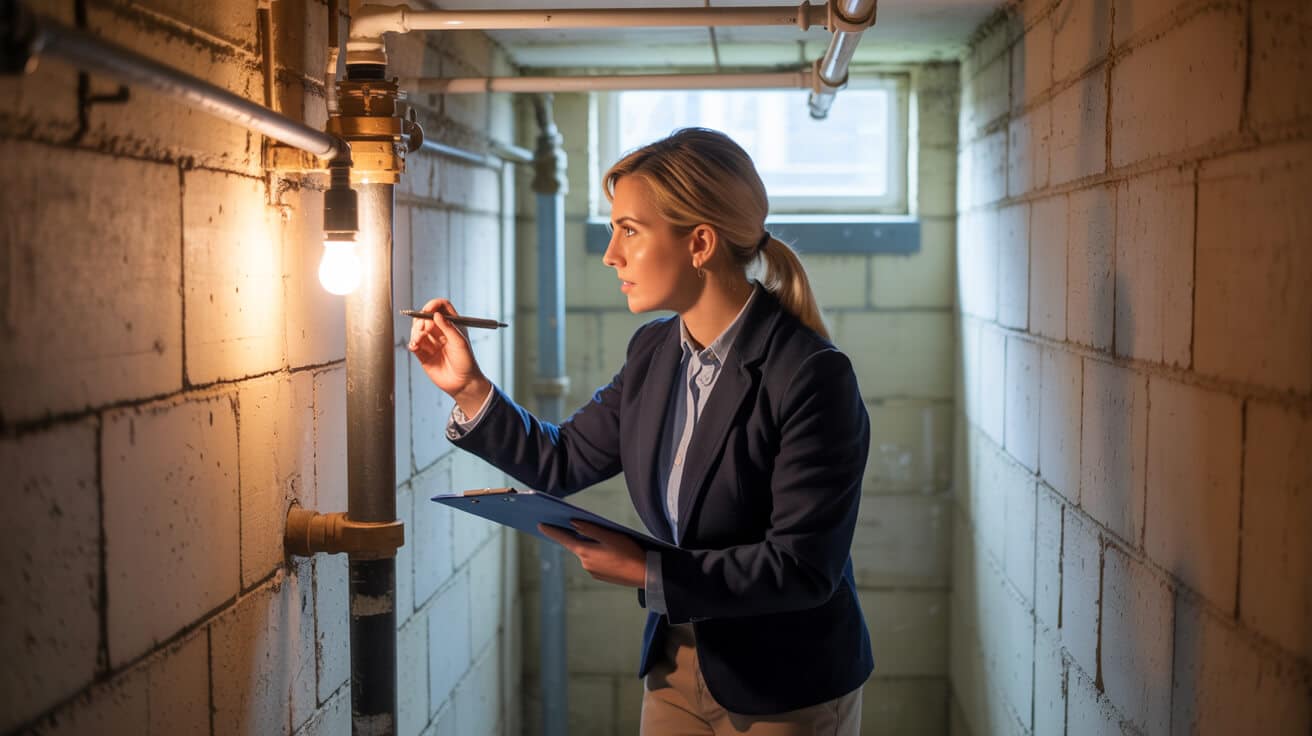
With compliance now enforced, using the right grants or exemptions is critical for property cash flow. The window for support closes quickly, and late claims often get turned down for lack of evidence.
Top Funding Options for UK Rental Compliance
- ECO4 Grants: If your tenants are eligible or your property is in the right postcode, these offer insulation, boiler and heating help (fuel poverty focus) *(Ofgem, 2024)*.
- Boiler Upgrade Scheme (BUS): Grants of up to £7,500 for low-carbon upgrades with properly documented certified work.
- Local Council Help: Many cities and boroughs still run interest-free loans or grants for older or problem rental stock—act fast, these get oversubscribed.
- Tax Write-Offs: Qualifying upgrades can go against rental income—clarify details with a property tax specialist.
- Cost Cap Exemption: If you pursue every grant and still can’t meet standard without exceeding a £3,500 cap, the government offers a compliance pause—*but only with prompt, documented proof and up-to-date paperwork.*
Every step must be evidenced:
- All works by certified fitters.
- All receipts and completion certificates on file.
- Minimum rental sector criteria met (home remains let).
“Plan ahead: late applications or missing proof cancel even the best grant. Use professional audits to capture all eligible claims before deadlines hit.”
Getting Plumbers 4U or similar pros to audit and coordinate these upgrades often pays for itself, via successful claims and tax savings.
What Does a Pass-or-Fail Part L Compliance Checklist Actually Look Like?
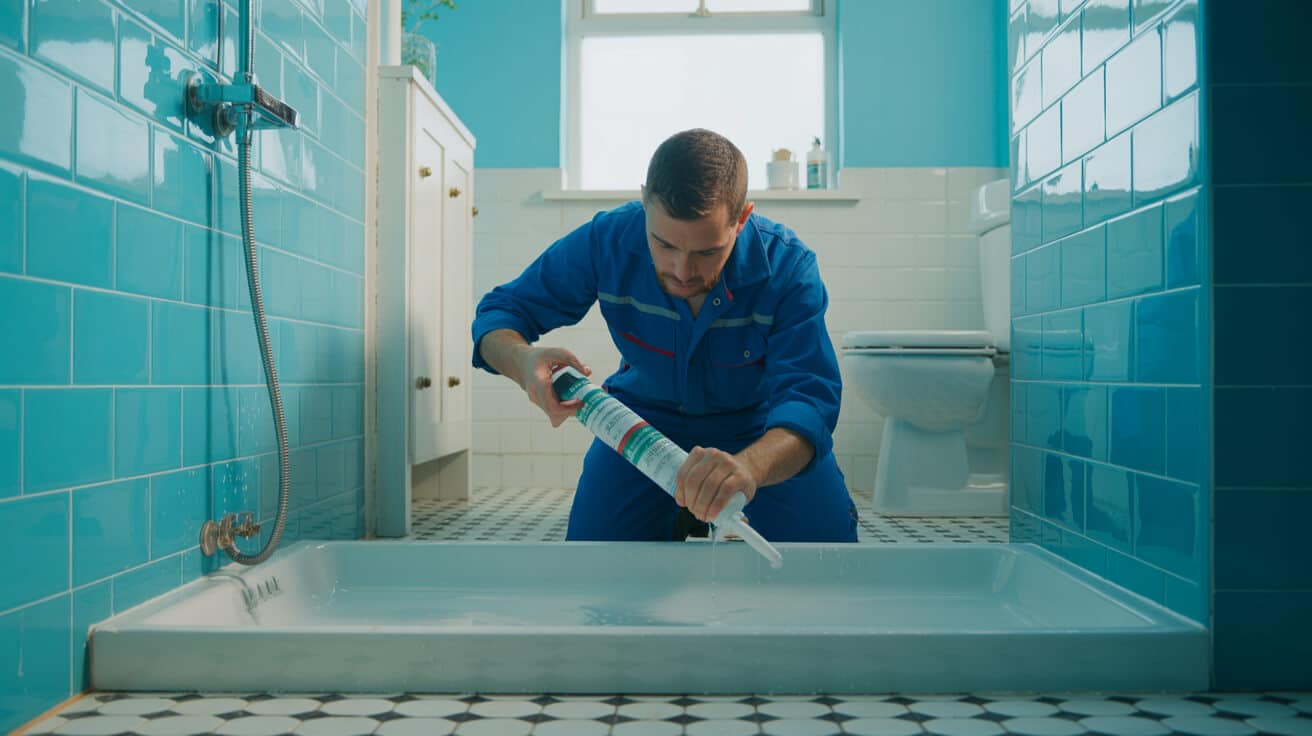
To pass audit, renting or refinancing, a rental home needs to present a tight file of proof—every “yes” must come with paper, digital logs, or quick photo evidence. Here’s a clear table for quick checks (before every new tenant or sale):
| Area | Inspector’s Key Focus | Needed Proof |
|---|---|---|
| Insulation | U-value cert on all new surfaces | Invoice & installer label |
| Windows/Doors | Modern U-value, energy rating | Certificate or receipt |
| Heating | Condensing boiler, smart control | Gas Safe log + Benchmark |
| Hot Water | G3-compliant + correct pipework | G3 cert, filled logbook |
| Lighting | LED only in main spaces | Receipt/box photo if audited |
| Ventilation | Trickle vents or extractor systems | Installer sign-off, clear photo |
“Don’t leave paperwork until it’s urgent: once a year, prep your audit file and you’ll never panic when the phone rings.”
Letting Plumbers 4U or a similar firm manage this ensures not just compliant installation, but logged proof ready to produce at a moment’s notice—often digitally, within a day.
How Should Landlords and Agents Futureproof Against Newer Energy Rules?
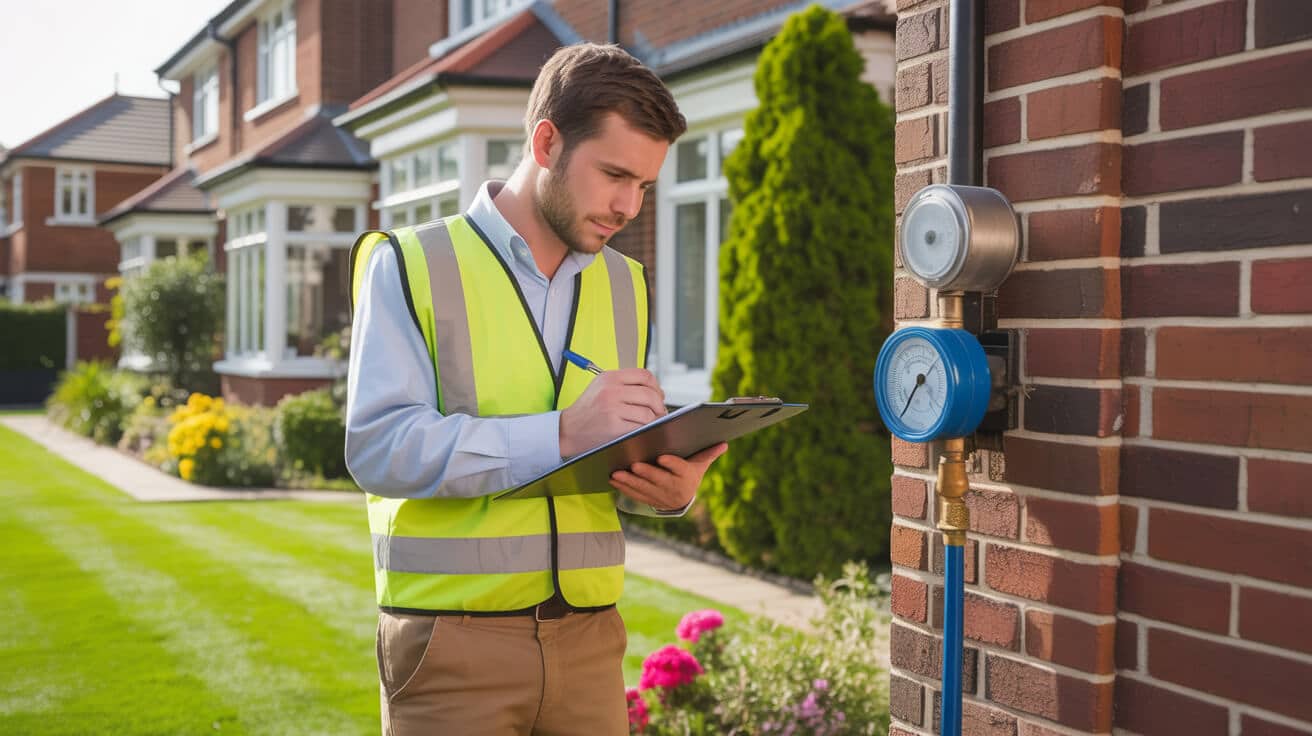
Rules change, but property investment expects stability—the only way to avoid compliance scrambles is to outpace regulation, not chase it. Stay a step ahead and your rentals keep returning; fall behind and you eat stress, lost rent, and reputational damage.
Smart Actions to Stay Compliant and Competitive
- Upgrade Beyond the Minimum: Go further on insulation, windows, and heating than Part L demands *now*—it’ll keep you compliant on the next rule change and set your property apart.
- Invest in Smart Controls Early: Modern, app-based stats, zoning, and robust digital controls are already being asked for by buyers, agents, and auditors.
- Instal for the Future: Pre-wire for heat pumps or hybrid solutions (even if you upgrade gas today), and leave space/routes for renewables—these come up in EPC and audit discussions.
- Keep a Live Digital Evidence File: Go paperless where possible; upload all paperwork, certificates, and “as-built” installation photos to a central log—shareable for audits or sales.
- Cluster Upgrades for Smooth Paperwork: If planning multiple works, do them together during tenant turnover, so every item gets signed off together and your file matches reality without patchwork evidence.
“Landlords who move first get better tenants, fewer headaches, and command higher rents. Those who lag scramble and pay double, in both cash and lost trust.”
Certified pros like Plumbers 4U keep your home not just up to code but ahead of the audit curve as energy standards keep rising.
Contact Plumbers 4U Today—Stay Ahead of Part L
Compliance isn’t a one-time checklist—it’s an asset. Every audit-ready file, every signed installer label, and every up-to-date Part L certificate makes your property safer, more valuable, and less stressful to own. Don’t stare down the next change in the rules and hope for luck. Act—bring your portfolio up to today’s standards, sleep better, and be ready to profit from the next market shift.
Plumbers 4U doesn’t just fit, fix, and run—we guide every upgrade, sort the documentation, and keep you one step ahead of regulators, insurers, and tenant demands. Our WRAS-approved and G3-certified engineers handle everything from insulation audits to hot water upgrades and digital evidence logs.
Invest in a compliance check or targeted upgrade today. Transform your property’s compliance headache into a proof-backed advantage—protect your income, reputation, and future growth.
Frequently Asked Questions
Why does Part L compliance increasingly determine landlords’ financial outcomes?
Authorities and lenders now treat Part L as a decisive lever—if your property misses the mark on energy efficiency or supporting paperwork, you risk being locked out of lettings, refinancing, or even basic insurance cover. Expectations have moved beyond a box-ticking culture; now, digital evidence and installation logs often serve as entry tickets to market activity. A single missing U-value label or an undigitised boiler log can mean lost rent, blocked loan remortgages, or derailed purchase timelines.
One unsigned Benchmark book or faded insulation label holds more sway over your bottom line than years of perfect rent collection.
Where agents and councils used to check for an EPC only, they now request granular proof—like installer IDs, product specs, and photo evidence at every transaction or complaint. With digital audits on the rise, landlords who rely on old habits risk both financial surprises and public reputational hits, especially as compliance failures are rapidly reportable on landlord registers.
What types of lettings activity now trigger full compliance checks?
- New tenancies, especially when handled by agencies with digital onboarding
- Remortgages and secured lending reviews
- Insurance renewals following leak, fire, or structural claims
- Council or tenant complaints, often triggering a 48-hour evidence deadline
- Routine portfolio audits (increasingly automated with digital filing requirements)
Choosing proactive compliance—supported by specialist documentation from Plumbers 4U—means smoother cash flow, insurance that holds firm, and faster access to finance in uncertain markets.
How do landlords create a digital record that stands up under audit or refinancing?
A robust digital record starts with asset-by-asset documentation: every compliance-relevant element (boilers, cylinders, insulation, windows, lighting) gets its own sub-folder, with dated photos, installer certificates, and spec sheets or logbooks. Every document, from a FENSA window cert to a G3 hot water logbook, is stored alongside the full property address and a contactable engineer or company ID.
Routine audits—either conducted internally or by a firm like Plumbers 4U—ensure lapsing documents are replaced, upgrades are linked to visible proof, and the file is cloud-backed for instant retrieval. With lenders and agents demanding “one-click recall” for compliance files, having a system that updates itself, flags gaps, and can be reviewed remotely saves you from both operational risk and regulatory stress.
If your property’s logbook can’t be matched with photos and receipts, you don’t own an asset—you own a liability waiting for a council query.
How can digital compliance routines be put on autopilot?
- Set property-level reminders to audit insulation, heating, and emergency compliance elements each year
- Secure digital, date-stamped back-ups of every certificate or installer log
- Use QR-coded or cloud-linked folders that let agents or inspectors review files without chasing paperwork
- After every upgrade, insist your installer sends digital docs directly—never wait for physical copies to get lost in the post
Working with Plumbers 4U, your compliance file becomes a living asset, always ready for the next event—no scramble, no last-minute panic.
What energy or heating upgrades give the strongest proof and payback under Part L?
Not all upgrades are weighted equally—auditors, lenders, and tenants all “rate” improvements by downstream effect, compliance score, and digital traceability. Highest-impact upgrades bundle energy reduction, comfort, and financial incentives, boosting property value and tenant retention while passing every audit at speed.
| Upgrade | Authority Focus | Combined Payback |
|---|---|---|
| Loft/Wall Insulation | EPC & letting | Up to 20% energy saving; instant audit pass |
| A-Rated Boiler/Smart Control | Renewal & grant | Lower bills, fewer emergency callouts; easy digital proof |
| G3 unvented cylinder | Letting, insurance | Safety plus higher valuation; logs and discharge checks |
| LED Lighting | Ad hoc or post-sale | Lower communal costs; satisfies “green” criteria |
| Window U-value Upgrade | Let, resale, remortgage | Comfort, energy, EPC compliance |
Pairing upgrades with digital photos and branded certificates is now the standard. That’s the proof lenders, insurers, and tenants all want—no more trust on word alone.
Bundling improvements (e.g. combining heating controls with insulation or LED retrofits) not only brings down costs per transaction but increases your appeal to future buyers and finance providers. Every job completed with Plumbers 4U generates instantly valid, cloud-stored proof—making grant eligibility, refinancing, and insurance renewal smoother and faster.
Where do compliance failures most frequently cost landlords—beyond fines?
The real cost of a compliance gap isn’t the immediate fine—though those average £3,000–5,000 per missed certificate in 2024. The lasting impact is on income streams, asset liquidity, and institutional confidence: rejected insurance claims, frozen refinancing, delayed letting cycles, and black marks on rapidly growing digital landlord registers.
Missed paperwork—such as an EMA or G3 logbook not matching a property, or missing a window label during a portfolio audit—can cascade: one overlooked item results in delisted flats, void periods, or failed rent guarantee claims. Lenders are also tightening, demanding integrated, date-stamped digital records before releasing funds.
Missing proof isn’t just a clerical risk—a single missing logbook or photo can cut off cashflow across multi-property portfolios for months.
Which silent errors turn into big losses for landlords?
- Insurers void coverage after a leak or fire if upgrades aren’t properly evidenced
- Letting agencies suspend listings for non-documented properties
- Government or council grants claw back funding if documents are found to be incomplete
- EPC renewals get delayed, resulting in rent gaps or lower resale value
Plumbers 4U engineers compliance that quietly protects your portfolio’s earning power—before regulatory or financial pain ever sets in.
Which grants, loans, or tax breaks currently make Part L upgrades affordable—and what evidence actually gets an application approved?
UK-wide, the ECO4 scheme and Boiler Upgrade Scheme (BUS) remain the headline sources, offering thousands in combined support. Yet both, along with most local council programmes, allow only works by certified installers—typically WRAS, G3, Gas Safe, and TrustMark rated. Just as critically, the only acceptable evidence is digitised: photos of upgraded elements (showing address and installer), labelled certificates, and receipts, all date-linked to the exact property.
Applications for funding are decided as much by speed and proof as eligibility—most schemes close after 3 months, and applications missing a single supporting document are denied outright. Combining upgrades (e.g., insulation plus smart thermostat fitting) ensures you pass grant requirements, but only if you log the works as you go.
When documentation is immediate—proof isn’t a stress point, it’s the ticket to full grants and cheap finance.
How do you ensure upgrades qualify for current grants or incentives?
- Run an upfront property audit calling out both paperwork and physical instal gaps
- Ask for photos, logbooks, CEO-signed receipts, and cloud uploads with every completed job—not weeks later
- Work exclusively with fully accredited, scheme-registered installers (Plumbers 4U meets every current UK scheme spec)
- Use grant-matching advice to schedule improvements at the most funding-friendly moments
Landlords working with Plumbers 4U get more than codes-compliant upgrades—they unlock bundled reporting that fast-tracks every grant, tax break, and energy-finance score available.
What specific items must a landlord include in a digital compliance pack to avoid audit failures and unlock finance?
A digital compliance “passport” includes more than EPCs—it aggregates every regulation-driven document, photo, and installer ID into a retrievable, audit-ready asset. Essential elements include:
- Certificate, label, and photo for each major asset: insulation, windows, boilers, hot water, ventilation
- Full property address and contact; agent or owner in legal control
- Dated installer ID with scheme credentials (e.g., Gas Safe, G3, WRAS, TrustMark)
- Logbooks with signed entries for upgrades (Benchmark, G3, FENSA, Certass, installation receipts)
- Labelled work photos, indexed by room, date, and project type
- Cloud storage with quick access links for property managers, lenders, and council portals
- Backup copies and annual review logs with checklists for expiring documents
If you can’t find, open, and cross-reference every major instal certificate on your phone before lunch, neither can your agent, insurer, or lender—and that’s now the baseline.
Having Plumbers 4U set up and maintain these files means even urgent requests or surprise audits are handled without crisis meetings or deal-slowing paperwork gaps. Compliance moves from last-minute headache to a feature buyers, tenants, and auditors admire.
Plumbers 4U: Ensuring Regulatory Confidence, Without the Stress
Landlords, agents, and businesses now compete on operational trust. By making compliance a digital-first asset—supported by proactive audits and evidence delivered by Plumbers 4U—you build not just a property that works, but one that wins lender approval, tenant loyalty, and insurance protection on autopilot. Schedule an audit or improvement package today, and move your assets from reactive risk to trusted operational investment.

